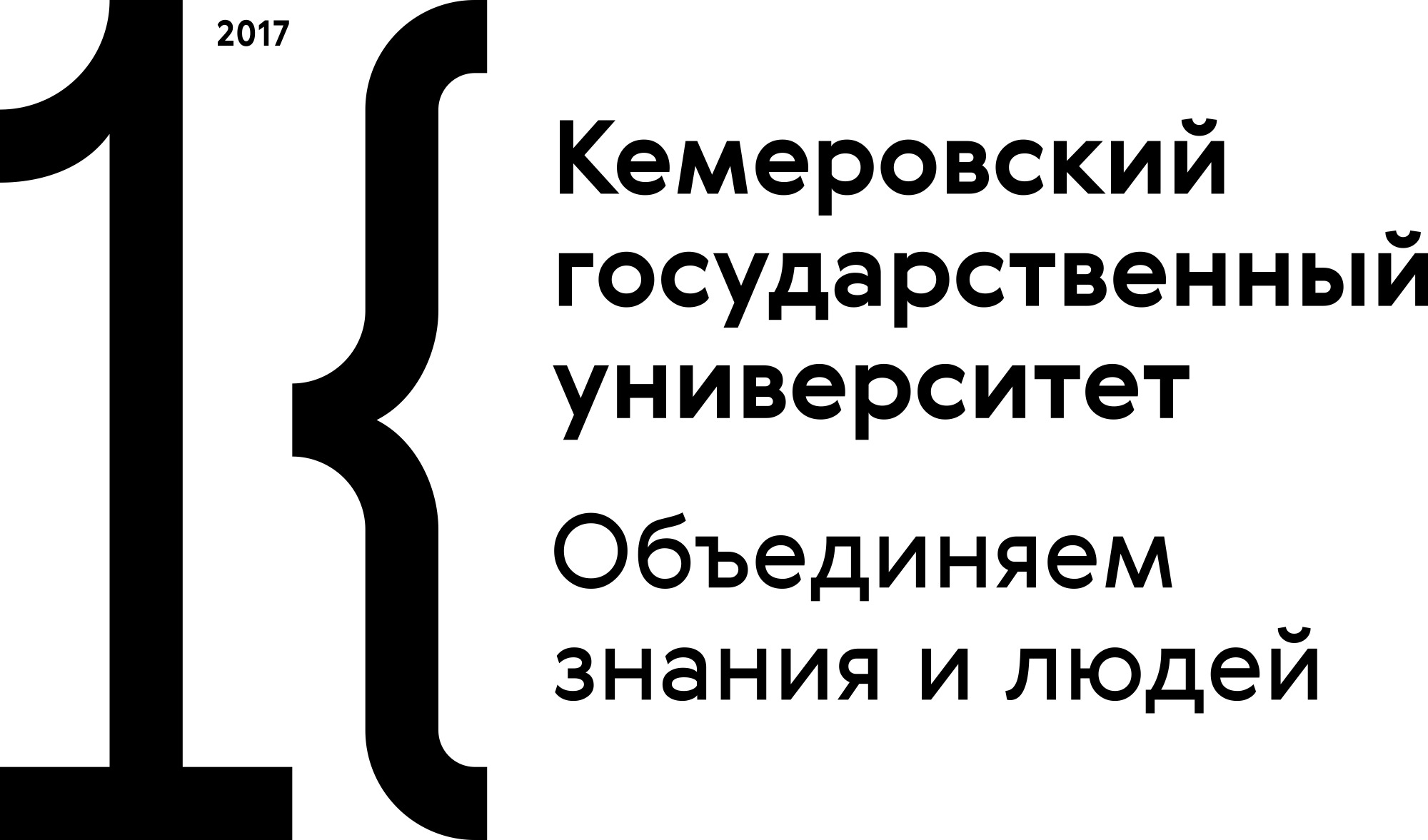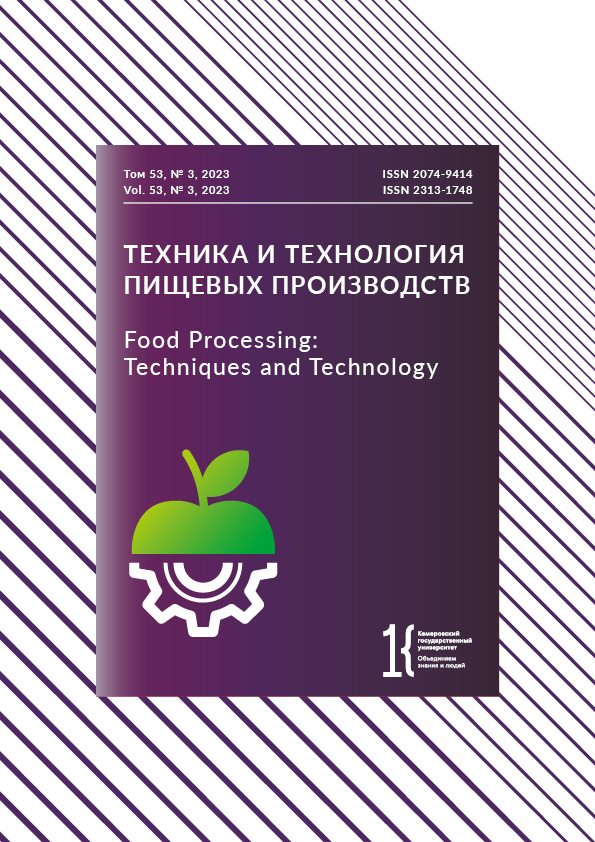Biysk, Russian Federation
Ural State University of Economics
Biysk, Russian Federation
Biysk, Russian Federation
Ural State University of Economics
Biysk, Russian Federation
Natural preservatives are a global trend in the food industry. As a rule, they are traditional herbs or spices. Flavonoids inhibit microbial activity. However, they are effective only when their distribution in the food matrix is uniform. This uniformity is achieved by increasing their solubility, e.g., by micronization. The research assessed the feasibility and effectiveness of micronization of a plant preservative using a purified flavonoi d fraction obtained from defatted sea-buckthorn meal. The study featured samples of purified flavonoid fraction of sea-buckthorn meal with different dispersions. Their solubility, antioxidant properties, antimicrobial activity, and fungicidal effect were assessed by standard methods. Micronization under ultrasonic conditions and cryogenic grinding increased the solubility in water, ethyl, and oil. Ultrasonic micronization proved efficient as it produced particles of 1,400 nm under rational conditions, i.e., 50 W ultrasonic vibration in a 0.5% suspension for 10 min. The sample obtained in this way increased the rate of catalase reaction by 19% relative to the control sample while maintaining a constant rate of glutathione reduction. Its antioxidant activity increased fourfold. The samples demonstrated bacteriostatic activity against Escherichia coli, Pseudomonas aeruginosa, and Staphylococcus aureus, as well as fungistatic activity against Candida albicans. Purified flavonoid fraction of sea-buckthorn meal micronized under ultrasonic conditions can be recommended as a natural preservative in various food systems.
Vegetable preservative, flavonoid fraction, micronization, bioavailability, dispersion, antioxidant activity, antimicrobial activity
1. Moiseyak MB, Ilyashenko NG, Grishin AG. Microbiological safety in food production. Bulletin of the Medical Institute of Continuing Education. 2022;(3):64–67. (In Russ.). https://doi.org/10.463930/27821714_2022_3_64; https://elibrary.ru/WPCMJF
2. Teshome E, Forsido SF, Rupasinghe HP, Olika Keyata E. Potentials of natural preservatives to enhance food safety and shelf life: a review. The Scientific World Journal. 2022;(1):9901018. https://doi.org/10.1155/2022/9901018
3. Batiha GES, Hussein DE, Algammal AM, George TT, Jeandet P, Al-Snafi AE, et al. Application of natural antimicrobials in food preservation: recent views. Food Control. 2021;126:108066. https://doi.org/10.1016/j.foodcont.2021.108066
4. Fenoglio D, Soto Madrid D, Alarcón Moyano J, Ferrario M, Guerrero S, Matiacevich S. Active food additive based on encapsulated yerba mate (Ilex paraguariensis) extract: effect of drying methods on the oxidative stability of a real food matrix (mayonnaise). Journal of Food Science and Technology. 2021;58:1574–1584. https://doi.org/10.1007/s13197-020-04669-y
5. Blagoveshchenskaya DB, Merzlyakov AS. Studying toxic properties of widespread modern preservatives. Journal of New Medical Technologies. 2011;18(2):501–502. (In Russ.). https://elibrary.ru/OCYLJJ
6. Samoylov AV, Suraeva NM, Zaytseva MV, Rachkova VP, Kurbanova MN, Petrov AN. Comparative assessment of sorbic and benzoic acid via express biotest. Foods and Raw Materials. 2020;8(1):125–133. http://doi.org/10.21603/2308-4057-2020-1-125-133; https://elibrary.ru/PULKJG
7. Prakash B, Singh PP, Gupta V, Raghuvansh TS. Essential oils as green promising alternatives to chemical preservatives for agri-food products: new insight into molecular mechanism, toxicity assessment, and safety profile. Food and Chemical Toxicology. 2024;183:114241. https://doi.org/10.1016/j.fct.2023.114241
8. Kumari PK, Akhila S, Rao YS, Devi BR. Alternative to artificial preservatives. Systematic Reviews in Pharmacy. 2019;10(1):99–102. https://doi.org/10.5530/srp.2019.1.17
9. Muthuvelu KS, Ethiraj B, Pramnik S, Raj NK, Venkataraman S, Rajendran DS, et al. Biopreservative technologies of food: an alternative to chemical preservation and recent developments. Food Science and Biotechnology. 2023;32:1337–1350. https://doi.org/10.1007/s10068-023-01336-8
10. Moo CL, Yang SK, Osman MA, Yuswan MH, Loh JY, Lim WM, et al. Antibacterial activity and mode of action of β-caryophyllene on. Polish Journal of Microbiology. 2020;69(1):49–54. https://doi.org/10.33073/pjm-2020-007
11. Corpuz MR. Phytochemical Screening and Antibacterial Properties of Indigenous Vegetables in Cagayan Valley, Philippines. LINKER: The Journal of Engineering Application. 2020;3(2):1–6.
12. Lee N-K, Paik H-D. Status, antimicrobial mechanism, and regulation of natural preservatives in livestock food systems. Korean Journal for Food Science of Animal Resource. 2016;36(4):547–557. https://doi.org/10.5851/kosfa.2016.36.4.547
13. Bouarab Chibane L, Degraeve P, Ferhout H, Bouajila J, Oulahal N. Plant antimicrobial polyphenols as potential natural food preservatives. Journal of the Science of Food and Agriculture. 2019;99(4):1457–1474. https://doi.org/10.1002/jsfa.9357
14. Shah MA, Mir SA. Plant extracts as food preservatives. In: Mir SA, Manickavasagan A, Shah MA, editors. Plant extracts: Applications in the food industry. Academic Press; 2022. pp. 127–141. https://doi.org/10.1016/B978-0-12-822475-5.00010-7
15. Chen T, Zhang M, Bhandari B, Yang Z. Micronization and nanosizing of particles for an enhanced quality of food: a review. Critical reviews in food science and nutrition. 2018;58(6):993–1001. https://doi.org/10.1080/10408398.2016.1236238
16. Averyanova EV, Shkolnikova MN, Malakhova AV, Rozhnov ED. Method for producing a complex of bioflavonoids from defatted sea-buckthorn extraction cake. Russia patent RU 2711728C1. 2019.
17. Mironov AN. Guidelines for conducting preclinical studies of medicinal products. Moscow: Grif and K; 2012. 944 p. (In Russ.).
18. Lupanova IA, Mizina PG, Martynchik IA, Rogozhnikova EP. Comparative study of the biological activity of plant tinctures. Russian Journal of Biopharmaceuticals. 2020;12(4):45–49. (In Russ.). https://doi.org/10.30906/2073-8099-2020-12-4-45-49; https://elibrary.ru/ZVDLWZ
19. Potoroko IYu, Uskova DG, Pajmulina AV, Bagale U. Ultrasound micronization of fucoidan vegetable ingredient for the use in food production technology. Bulletin of the South Ural State University. Series: Food and Biotechnology. 2019;7(1):58–70. (In Russ.). https://doi.org/10.14529/food190107; https://elibrary.ru/YYIRMD
20. Averyanova EV, Shkolnikova MN, Rozhnov ED. Technological Aspects of Improving the Efficiency of Phytocomposition Based on Sea Buckthorn Meal Flavonoids. KSTU News. 2023;(68):57–70. (In Russ). https://doi.org/10.46845/1997-3071-2023-68-57-70; https://elibrary.ru/TRQBCV











